Passion fruit & mango cheesecake with collagen recipe
A delicious dessert with collagen in 5 minutes that satisfies the palate and beautifies the skin.
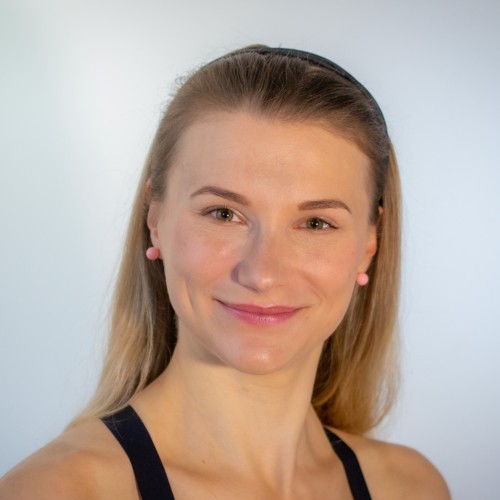

Learn more about our editorial process
.

Learn more about our editorial process
.

Learn more about our editorial process
.

Learn more about our editorial process
.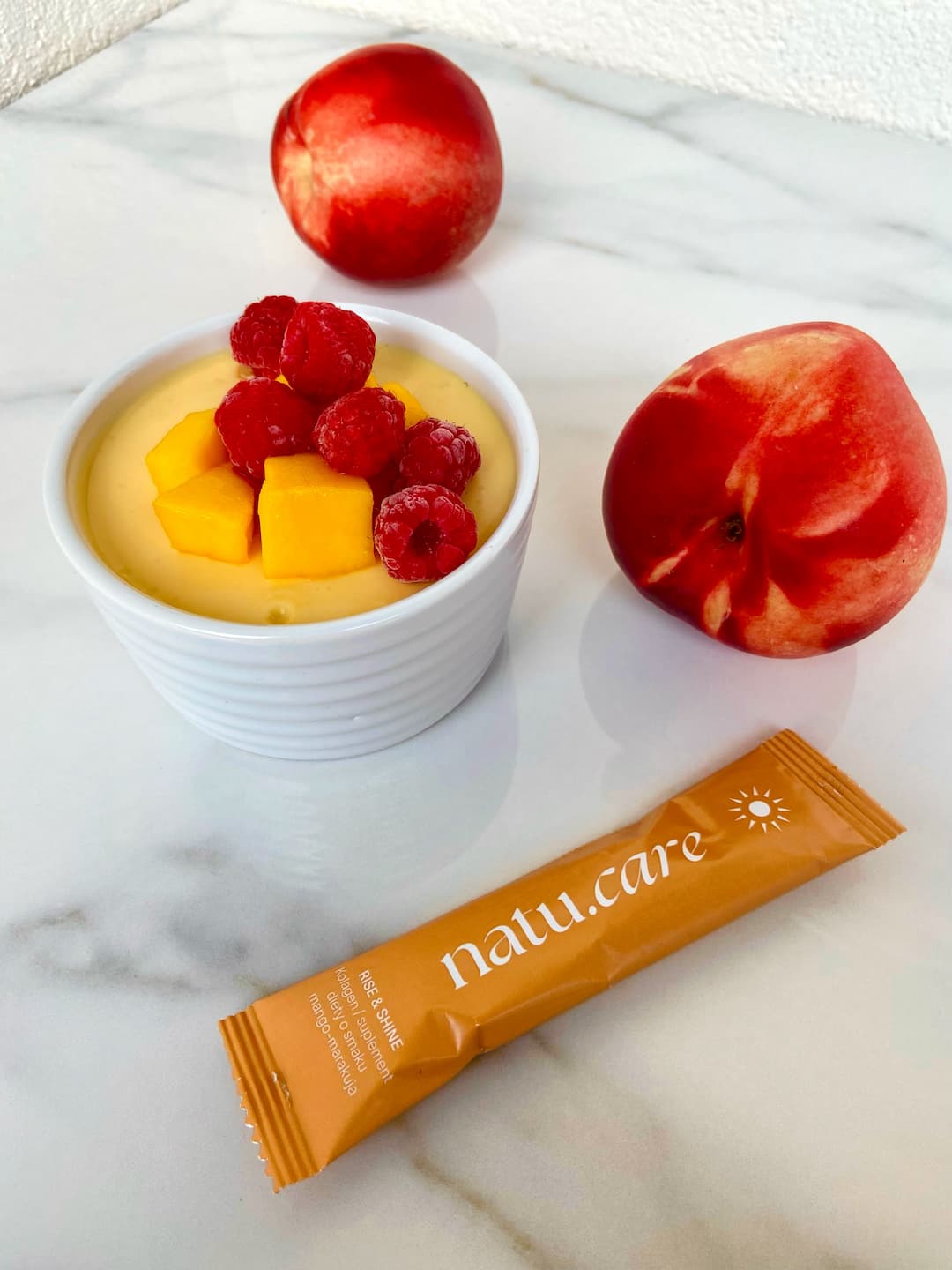
Why you can trust us
Articles on Natu.Care are written based on scientific research, data from government websites and other reliable sources. The texts are written in cooperation with doctors, nutritionists and other health and beauty experts. Articles are reviewed before publication and during significant updates.
.Learn more about our editorial process
.Information about advertisements
Content on Natu.Care may contain links to products from the sale of which we may receive a commission. When creating content, we adhere to high editorial standards and take care to be objective about the products discussed. The presence of affiliate links is not dictated by our partners, and we select the products we review ourselves completely independently.
.Learn more about our terms and Conditions
.A quick-to-make cheesecake satisfies the craving for sweet and provides skin, hair, nails and joints with a solid dose of collagen.
From this article you will learn:
- How to use collagen for cheesecake.
- How to compose a nutritious and tasty dessert.
- Why it's a good idea to supplement with collagen.
- Why it's a good idea to supplement with collagen.
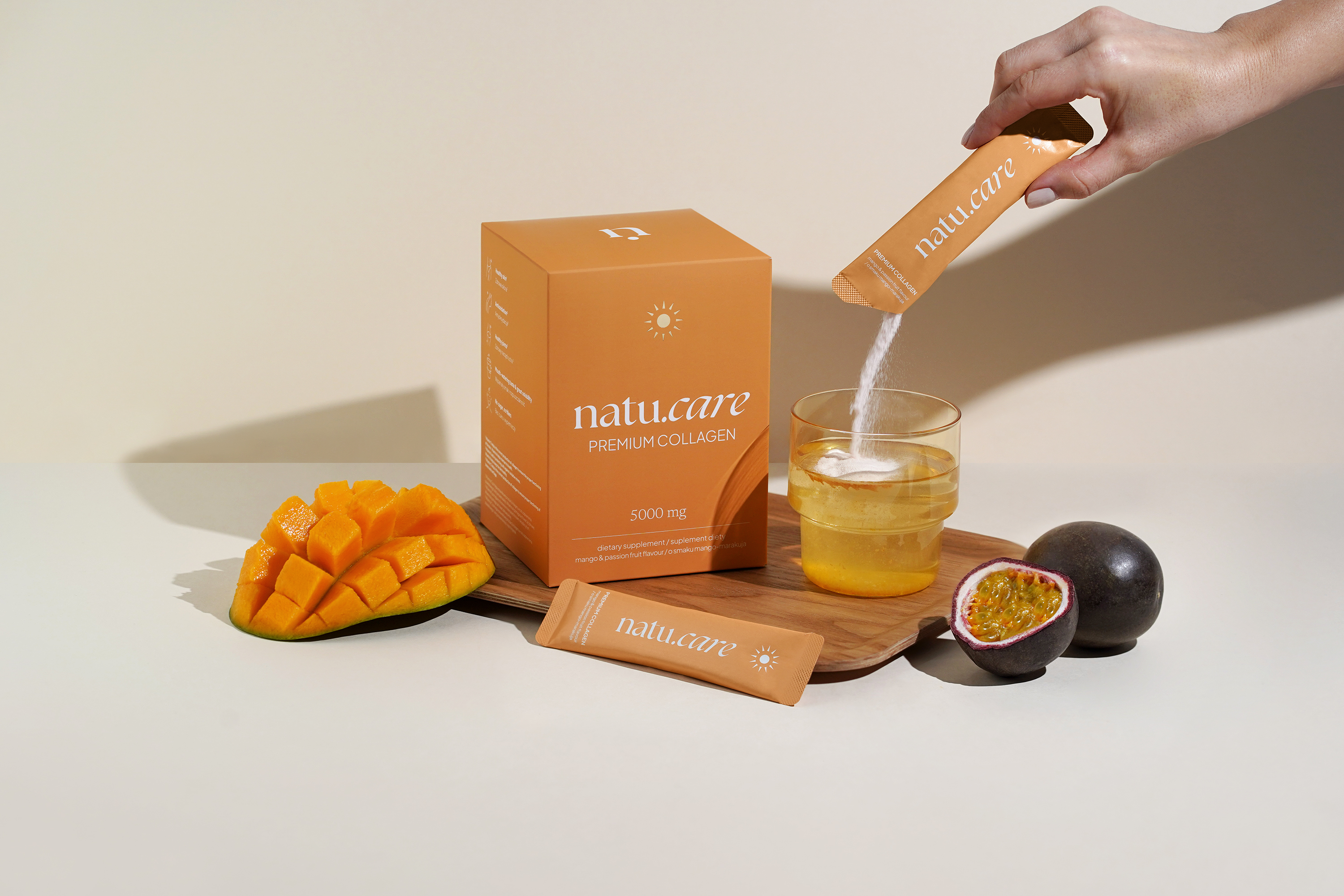
Sprawdź, za co pokochały go tysiące klientek Kolagen Premium (5000 mg) mango-marakuja -15% z kodem BLOG15
Natu.Care Kolagen Premium 5000 mg, mango-marakuja
Natu.Care Kolagen Premium dla zdrowia stawów, skóry, paznokci i włosów. Najlepsza przyswajalność. Optymalna dawka 5 000 lub 10 000 mg. Przebadany przez niezależne laboratorium.
Zobacz więcej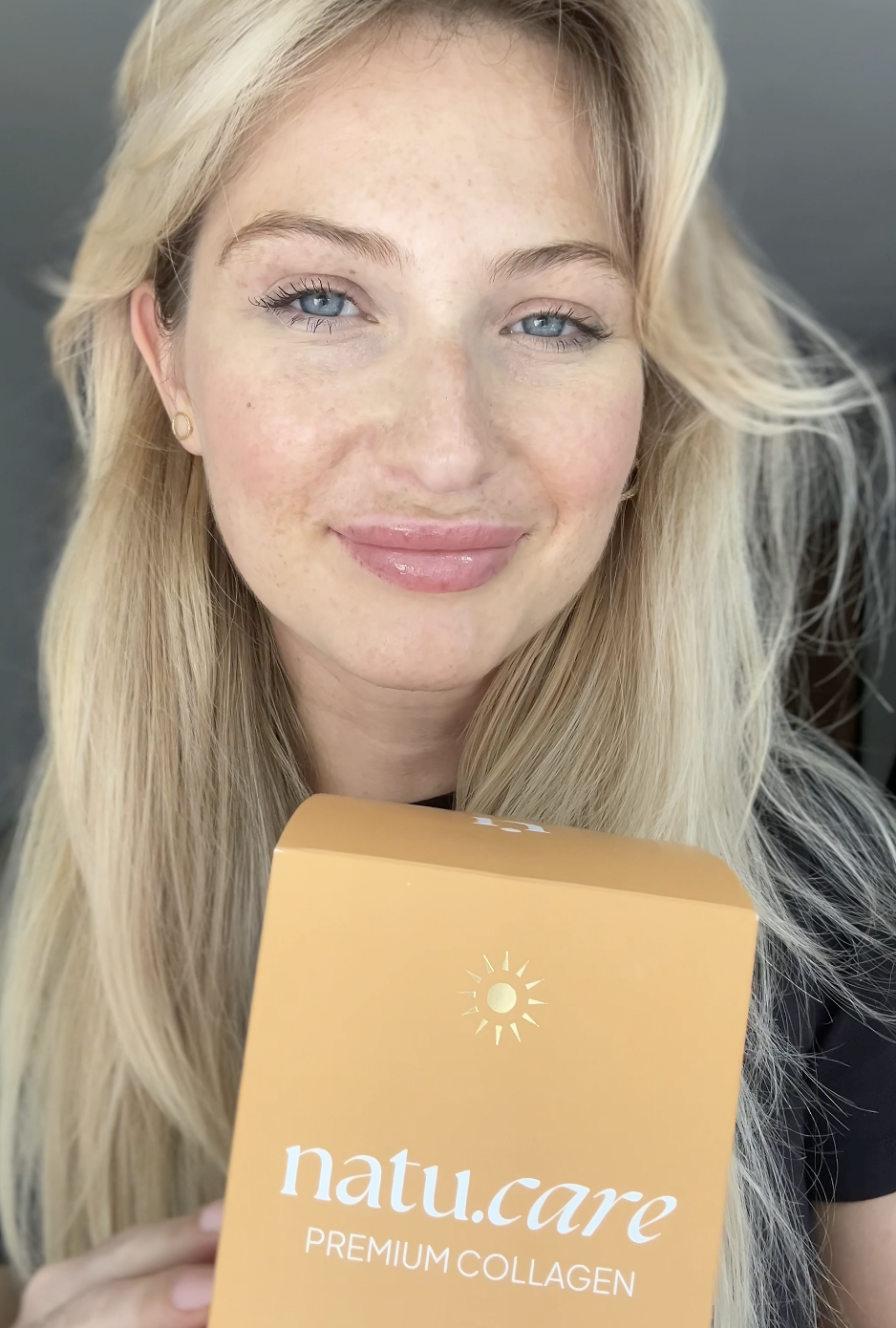
Wybrałam kolagen Natu.Care, ponieważ miał super opinie – a to było dla mnie bardzo ważne! Odkąd go stosuję, moja skóra znacznie się poprawiła i jest nawilżona, a na głowie pojawiły się nowe "baby hair".@Kasia S.
See also:
- The best collagen on the market
- Best facial collagen
- Best collagen for wrinkles
- Best collagen for skin
- Best collagen for nails
- Best collagen for hair
- Best collagen for joints
- Best collagen for cellulite
- Best collagen for acne
- Best collagen for stretch marks
- Best collagen for scars
- Best collagen for bones
Passion fruit & mango cheesecake with collagen
Recipe for 3 servings
Ingredients:
- President cheesecake 200 g (1 cup)
- kvarg or vanilla skyr 200 g (1 package)
- mango 250 g (1 piece) or 250 g (½ tin) prepared mango pulp
- Lemon juice 15 g (1 tsp)
- erythritol 10 g (2 teaspoons)
- Natu.Care Collagen Premium 5000 mg, mango and passion fruit (1 sachet)
- Gelatin 12 g (1.5 tsp)
- water 35 g (2 tbsp)
Preparation:
- Cut the mango in half along the stone, slice into a grid and scoop out the flesh. Blend in a blender to a smooth mousse.
- Prepare.
- In a large bowl, place mango pulp, curd, kvarg/skyr, collagen, lemon juice, erythritol and blend until smooth.
- Dissolve the gelatine in cold water and set aside for 10 minutes. After this time, heat it slightly in a saucepan/microwave (do not bring it to the boil as it will lose its gelling properties). Let it cool for a while, then add a tablespoon of the cheesecake mixture to it, stirring thoroughly all the time. After a while, add another two tablespoons and combine with the rest of the cheesecake mixture. Blend.
- Pour the cheesecake mixture into the baking trays and place in the fridge overnight.
One cheesecake is only 170 kcal, so if you're on a diet and craving something sweet - be sure to try this recipe. Mango passion fruit cheesecakes are also ideal for trainers who are concerned about the high content of protein in their diet. An entire serving is up to 40g of sweet protein - without a gram of added sugar.
Macronutrients per 1 serving: 183 kcal, protein 17 g, fat 3 g, carbohydrate 22 g
See also other recipes with Natu.Care collagen:
- Collagen cocktail for men
- Collagen Milkshake
- Keto-batons with collagen
- Collagen shake
- Cocoa collagen omelette
- Glow Drink
- Collagen Cocoa
- Collagen pudding with chia
- Collagen jelly
- Pancakes with collagen
- Mangomisu with collagen
- Ferrero Rocher power balls
- Collagen smoothie
- Smoothie bowl
- Quesadilla with collagen sauce
- Mango sticky rice
- Yam fries with collagen sauce
- Batons with collagen
- Burger falafel with collagen
- Own Snickers
- Bowl with salmon and collagen
- Breakfast with collagen
- Collagen for a dry meal
Prepare the cheesecakes and show them off on Instagram. Tag us @natucare_en - we want to see it!
Why is it a good idea to supplement with collagen?
It's worth considering collagen supplementation after 25 years of age, as this is when the body's natural collagen productionand begins to decline. The first wrinkles appear and the skin loses its firmness.
Drinking fish collagen at a minimum serving of 2,500 mg for 3 months affects the appearance of your hair, skin and nailsand. Collagen is also an ally of joints, bone and muscles - to keep you fit and active for as long as possible.
How does collagen affect your body?
|
skin |
Hair |
Nails |
Joints, bones, muscles |
|
|
|
|
Natu.Care collagen has no fishy aftertaste and dissolves well. Go ahead and add it to other sweet meals (cocktails, deserts, smoothies, omlets) as well as flavours (bowels, falafels, sauces for chips, quesadillas).

Sprawdź, za co pokochały go tysiące klientek Kolagen Premium (5000 mg) mango-marakuja -15% z kodem BLOG15
Natu.Care Kolagen Premium 5000 mg, mango-marakuja
Natu.Care Kolagen Premium dla zdrowia stawów, skóry, paznokci i włosów. Najlepsza przyswajalność. Optymalna dawka 5 000 lub 10 000 mg. Przebadany przez niezależne laboratorium.
Zobacz więcej
Wybrałam kolagen Natu.Care, ponieważ miał super opinie – a to było dla mnie bardzo ważne! Odkąd go stosuję, moja skóra znacznie się poprawiła i jest nawilżona, a na głowie pojawiły się nowe "baby hair".@Kasia S.
See also:
- How to choose collagen
- How to choose collagen to drink
- How to choose collagen powder
- How to choose collagen in sachets
- How to choose liquid collagen
- How to choose collagen in tablets
- How to choose collagen in capsules
Sources
See all
Al-Atif, H. (2022). Collagen Supplements for Aging and Wrinkles: A Paradigm Shift in the Fields of Dermatology and Cosmetics. Dermatology Practical & Conceptual, 12(1), e2022018. https://doi.org/10.5826/dpc.1201a18
Arias, E. M., Floriach, N., Moreno-Arias, G., Camps, A., Arias, S., & Trüeb, R. M. (2022). Targeted nutritional supplementation for telogen effluvium: Multicenter study on efficacy of a hydrolyzed collagen, vitamin., and mineral-based induction and maintenance treatment. International Journal of Trichology, 14(2), 49. https://doi.org/10.4103/ijt.ijt_57_21
Arnold, A. A., & Marcotte, I. (2009). Studying natural structural protein fibers by solid-state nuclear magnetic resonance. Concepts in Magnetic Resonance Part A, 34A(1), 24-47. https://doi.org/10.1002/cmr.a.20132
Bolke, L., Schlippe, G., Gerß, J., & Voss, W. (2019). A Collagen Supplement Improves Skin Hydration, Elasticity, Roughness, and Density: Results of a Randomized, Placebo-Controlled, Blind Study. Nutrients, 11(10), 2494.
Chen, P., Cescon, M., & Bonaldo, P. (2015). Lack of Collagen VI Promotes Wound-Induced Hair Growth. The Journal of Investigative Dermatology, 135(10), 2358-2367. https://doi.org/10.1038/jid.2015.187
Glynis, A. (2012). A Double-blind, Placebo-controlled Study Evaluating the Efficacy of an Oral Supplement in Women with Self-perceived Thinning Hair. The Journal of Clinical and Aesthetic Dermatology, 5(11), 28-34.
Jelonek, L. (2023), Collagen. Everything you need to know, (B. Turczynski, ed.; 1st ed.). Natu.Care.
Katsuoka, K., Mauch, C., Schell, H., Hornstein, O. P., & Krieg, T. (1988). Collagen-type synthesis in human-hair papilla cells in culture. Archives of Dermatological Research, 280(3), 140-144. https://doi.org/10.1007/BF00456843
Matsumura, H., Mohri, Y., Binh, N. T., Morinaga, H., Fukuda, M., Ito, M., Kurata, S., Hoeijmakers, J., & Nishimura, E. K. (2016). Hair follicle aging is driven by transepidermal elimination of stem cells via COL17A1 proteolysis. Science (New York, N.Y.), 351(6273), aad4395. https://doi.org/10.1126/science.aad4395
Milani, M., Colombo, F., & GFM-O-Trial Investigators Group: Chiara Baraldo (Padova), M. C. F. (Genova), Mauro Barbareschi (Milano), Paolo Chieco (Ruvo di Puglia), Laura Colonna (Roma), Mandel Victor Desmond (Modena). (2023). Efficacy and tolerability of an oral supplement containing amino acids, iron, selenium, and marine hydrolyzed collagen in subjects with hair loss (androgenetic alopecia, AGA or FAGA or telogen effluvium). A prospective, randomized, 3-month, controlled, assessor-blinded study. Skin Research and Technology, 29(6), e13381. https://doi.org/10.1111/srt.13381
Rustad, A. M., Nickles, M. A., McKenney, J. E., Bilimoria, S. N., & Lio, P. A. (2022). Myths and media in oral collagen supplementation for the skin, nails, and hair: A review. Journal of Cosmetic Dermatology, 21(2), 438-443. https://doi.org/10.1111/jocd.14567
Silvestrini, B., Cheng, C. Y., Innocenti, M., Silvestrini, B., Cheng, C. Y., & Innocenti, M. (2022). Collagen Involvement in Health, Disease, and Medicine. In Collagen Biomaterials. IntechOpen. https://doi.org/10.5772/intechopen.101978
Wicklin, V., & Ann, S. (2023). Natural Hair Supplements: Biotin and Collagen. Plastic and Aesthetic Nursing, 43(3), 107. https://doi.org/10.1097/PSN.0000000000000508
Wu, G. (2009). Amino acids: Metabolism, functions, and nutrition. Amino Acids, 37(1), 1-17. https://doi.org/10.1007/s00726-009-0269-0
Yang, C.-C., & Cotsarelis, G. (2010). Review of hair follicle dermal cells. Journal of dermatological science, 57(1), 2. https://doi.org/10.1016/j.jdermsci.2009.11.005
Yang, F.-C., Zhang, Y., & Rheinstädter, M. C. (2014). The structure of people's hair. PeerJ, 2, e619. https://doi.org/10.7717/peerj.619
Editorials
Meet the team


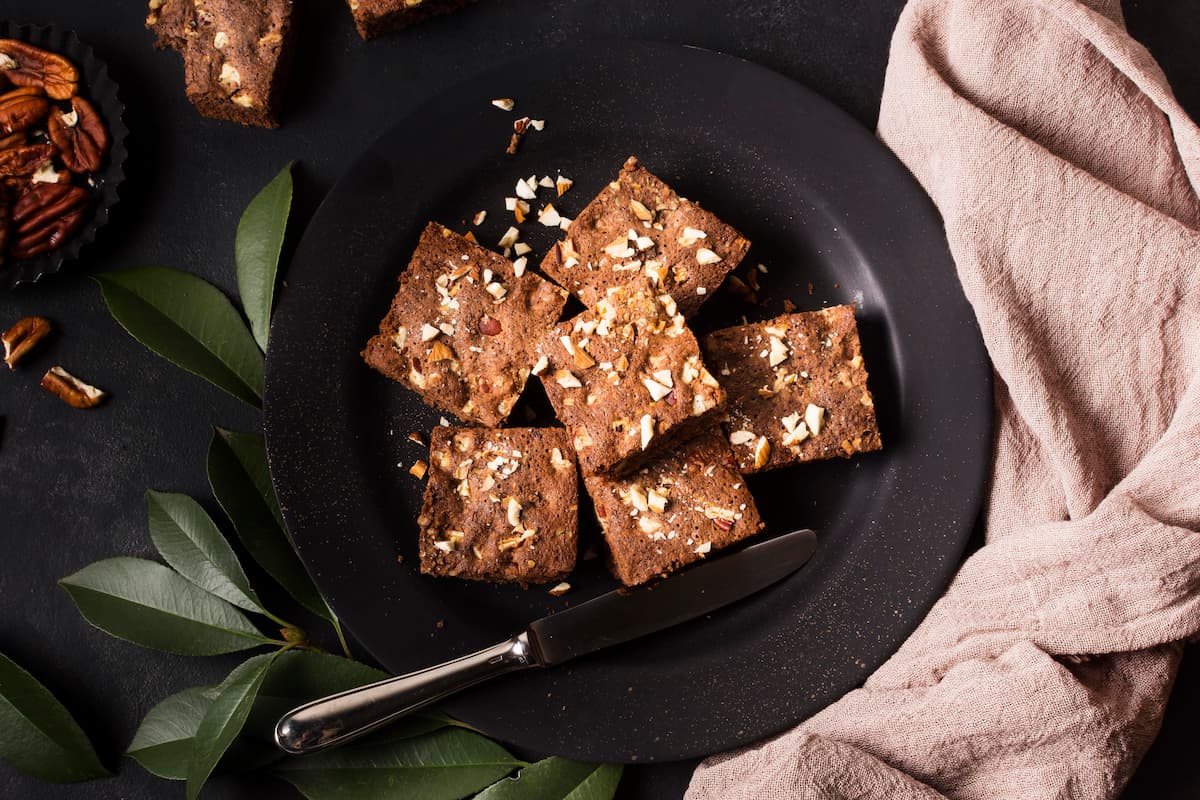
Check out the recipe for a collagen bar for those on a ketogenic diet.

Satiating rice with hydrolysed collagen is a recipe for energy and beautiful skin.
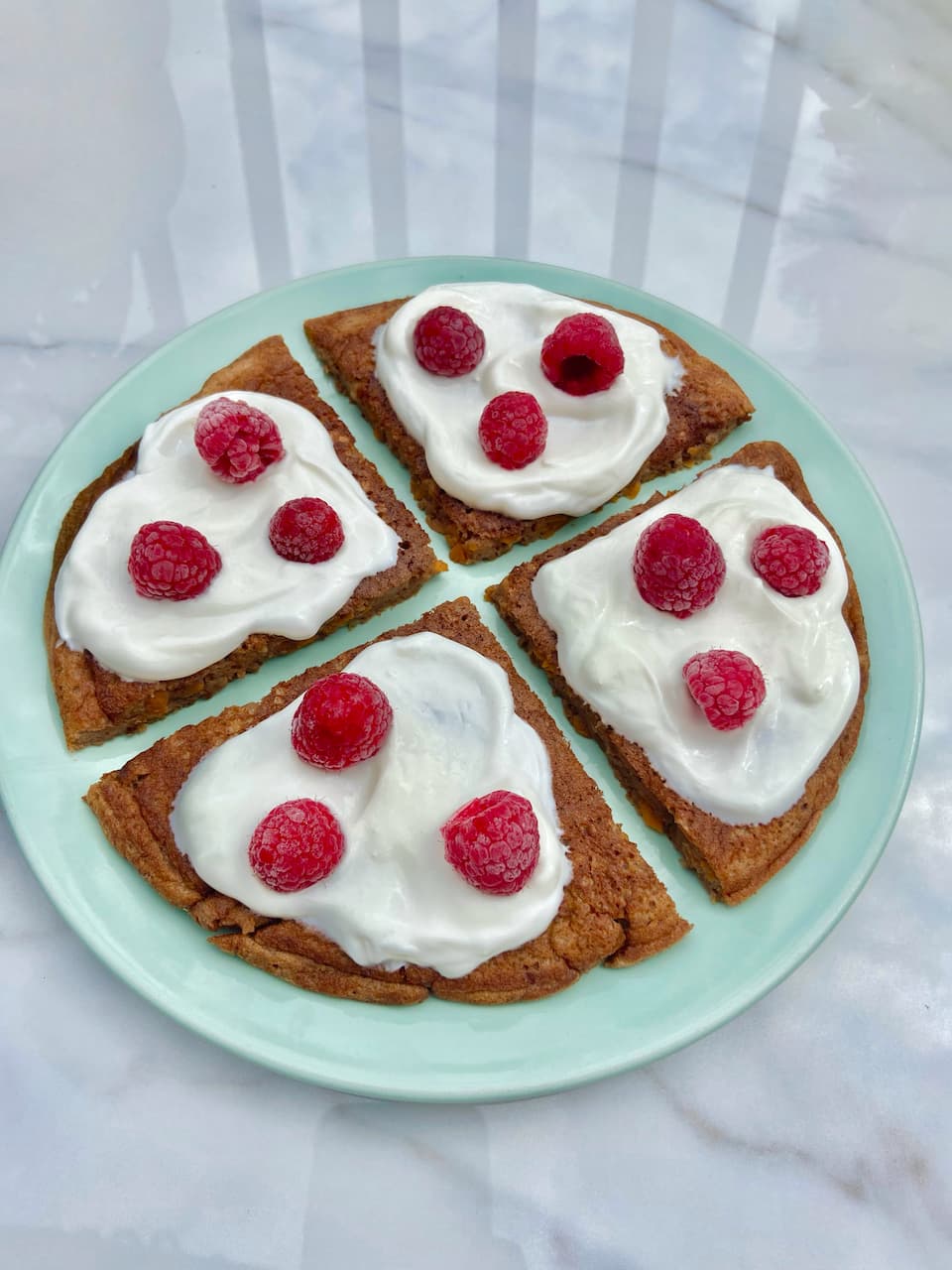
An omelette with collagen will provide you with youthful protein and vitamins and satisfy your craving for sweet.
